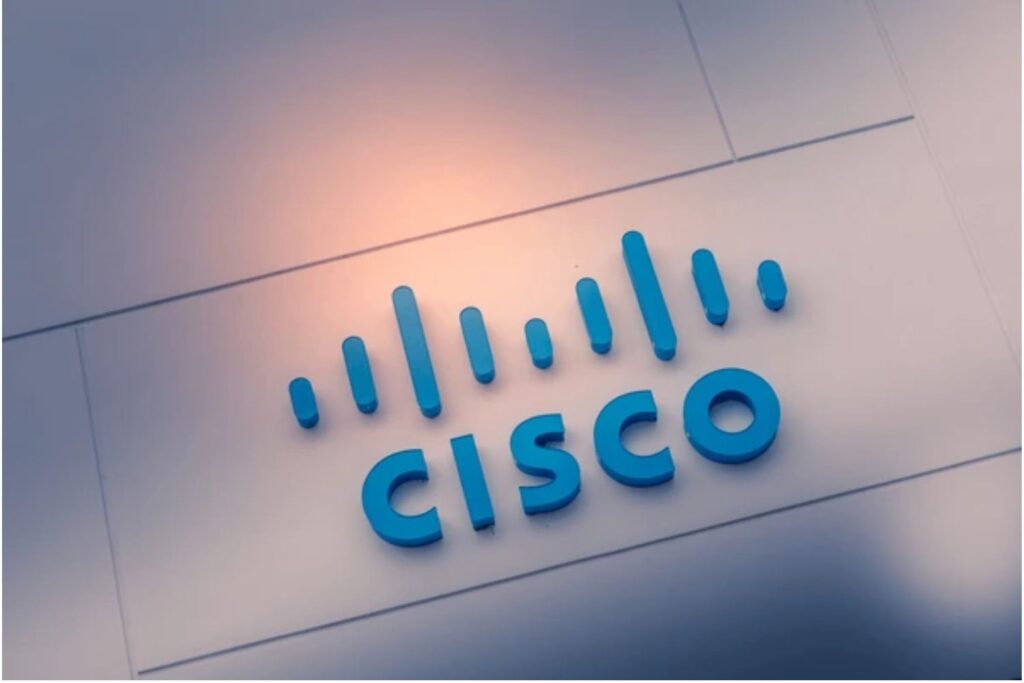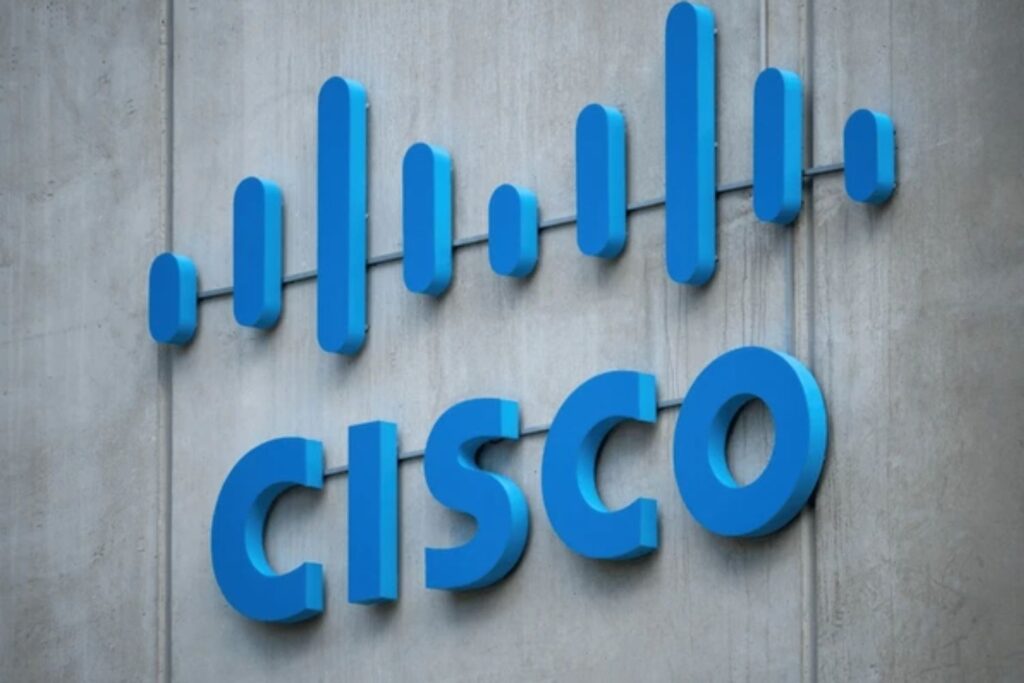
Cisco Umbrella, a core offering from Cisco Systems, is a leading cloud-delivered security platform that provides secure access to the internet and cloud apps—anywhere users work. Designed to protect against threats over any port or protocol, Umbrella leverages DNS-layer protection, secure web gateway (SWG), cloud-delivered firewall, and more to enforce security policies at the network edge.
This article explores Cisco Umbrella’s product offerings, market leadership, business model, and technological innovation. Using the PatSnap Eureka AI Agent, analysts and decision-makers can uncover actionable insights into Cisco’s evolving IP strengths, investment trends, and threat intelligence capabilities.
Company Overview of Cisco Umbrella
| Attribute | Description |
|---|---|
| Parent Company | Cisco Systems, Inc. |
| Founded | Umbrella Security (originally OpenDNS) founded in 2006; acquired by Cisco in 2015 |
| Headquarters | San Jose, California, USA |
| Core Offering | Cloud-delivered network security platform |
| Deployment | Fully cloud-based (SaaS), integrates with existing network infrastructure |
| Specialization | DNS-layer security, Secure Web Gateway, Firewall-as-a-Service (FWaaS), CASB |

Corporate Structure
| Division/Subsidiary | Role |
|---|---|
| Cisco Secure | Umbrella operates under the broader Cisco Secure portfolio |
| Umbrella Engineering | Handles threat intelligence, cloud infrastructure, and policy engine |
| Talos Intelligence Group | Feeds Umbrella with real-time threat intelligence and malware signatures |
Products and Services of Cisco Umbrella
Cisco Umbrella offers a modular, cloud-native security platform that helps organizations protect users, devices, and applications across distributed environments.
1. DNS-Layer Security
- Function: Acts as the first line of defense by blocking connections to malicious or unwanted domains before an IP connection is established.
- Key Capabilities:
- DNS query inspection and filtering
- Domain reputation scoring using Talos threat intelligence
- Blocking phishing, ransomware, and command-and-control callbacks
2. Secure Web Gateway (SWG)
- Function: Offers deeper visibility and control over web traffic beyond DNS-layer filtering.
- Key Capabilities:
- URL and content filtering by category or keyword
- SSL decryption and inspection
- File inspection with antivirus and sandboxing
- Policy-based access control to web apps and services
3. Cloud-Delivered Firewall (CDFW)
- Function: Provides Layer 3/4 firewall capabilities directly from the cloud.
- Key Capabilities:
- IP, port, and protocol-based blocking
- Application visibility and control
- Ingress/egress logging and geo-IP filtering
- Integration with branch SD-WAN architectures
4. Cloud Access Security Broker (CASB)
- Function: Monitors and controls user interactions with SaaS applications.
- Key Capabilities:
- Shadow IT discovery (unauthorized cloud apps)
- Application risk scoring
- Upload/download control and user behavior analytics
- Data Loss Prevention (DLP) enforcement in cloud apps
5. Remote Worker Protection
- Function: Secures mobile and remote users without relying on traditional VPNs.
- Key Capabilities:
- AnyConnect or roaming client installation
- Identity-based access policies
- Integration with Cisco Duo for Zero Trust enforcement
6. Threat Intelligence (via Talos)
- Umbrella is powered by Cisco Talos, one of the world’s largest threat research teams.
- Key Features:
- 200+ billion DNS requests analyzed daily
- Real-time threat feeds on malware, phishing, and botnets
- Global telemetry from over 600 million endpoints
Umbrella’s modularity allows organizations to deploy selected components or the full Secure Internet Gateway (SIG) stack—scaling protection to match security maturity.
Business Model of Cisco Umbrella
Cisco Umbrella operates as a subscription-based SaaS platform, targeting enterprises, SMBs, and service providers. The model includes:
- Per-user and per-device licensing
- Tiered feature packages (e.g., DNS Security Essentials, DNS Advantage, SIG Essentials)
- Enterprise integrations with Cisco Meraki, AnyConnect, and third-party identity providers
- Channel partnerships with MSPs and MSSPs
This model supports scalable deployments across hybrid environments and aligns with Cisco’s broader recurring revenue strategy.

Market Position of Cisco Umbrella
Cisco Umbrella holds a strong market share in cloud-delivered security services, especially in:
- DNS-layer threat prevention
- Remote work and hybrid workforce protection
- SASE and Zero Trust architecture enablement
Key differentiators include:
- Fast threat detection through DNS interception
- Low-latency, global network of data centers
- Synergy with Cisco’s existing infrastructure (e.g., routers, VPNs, SD-WAN)
Umbrella competes effectively against other SASE vendors like Zscaler, Palo Alto Networks (Prisma Access), and Netskope.
Innovation & Technology of Cisco Umbrella
Cisco Umbrella continuously evolves with the cybersecurity threat landscape. Key technology areas include:
| Innovation Area | Keywords / Capabilities |
|---|---|
| DNS-layer Protection | predictive IP blocking, recursive resolver, domain reputation scoring |
| Threat Intelligence | behavioral indicators, malware C2 tracking, Talos data ingestion |
| Secure Web Gateway | inline content scanning, category-based filtering, SSL decryption |
| Firewall-as-a-Service | application-layer visibility, IP-based policies, centralized logging |
| Cloud-native Architecture | multi-tenant microservices, policy enforcement points (PEPs), edge computing |
| AI-Powered Detection | anomaly detection, pattern recognition, automated remediation workflows |
| API Integration & Automation | SecureX APIs, custom playbooks, third-party SIEM/SOAR platform hooks |
Cisco Umbrella’s innovations lie in its scalable architecture, AI-driven threat detection, and policy enforcement at the network edge.
1. DNS-layer Filtering & Intelligence
- Keywords: recursive resolver, predictive domain blocking, DNS tunneling detection
- Umbrella uses intelligent DNS traffic analysis to block malware before connections are made.
- Integrates heuristics + machine learning to detect new or suspicious domains proactively.
- Features domain categorization engine with over 60 content types for granular control.
2. Cloud-Native Multi-Tenant Architecture
- Keywords: multi-region deployment, microservices orchestration, policy enforcement nodes
- Umbrella operates across a global network of 30+ data centers.
- Uses microservice-based design for elastic scaling and high availability.
- Latency-optimized routing ensures sub-10ms resolution times in most regions.
3. AI-Powered Threat Detection
- Keywords: anomaly detection, behavioral analytics, supervised learning
- Machine learning models analyze DNS, HTTP/S, and IP traffic patterns.
- Can identify zero-day threats by comparing deviations from known behaviors.
- Uses real-time clustering of domain behaviors to spot malicious infrastructure.
4. Policy Enforcement and Identity-Awareness
- Keywords: SAML/SSO integration, identity-aware routing, Active Directory sync
- Umbrella applies role-based policies based on user identity and device posture.
- Integrates with Okta, Azure AD, and Duo for Zero Trust Network Access (ZTNA).
- Supports network-based policies, roaming clients, and per-device segmentation.
5. API and Automation Support
- Keywords: REST APIs, custom SIEM integration, threat feeds export
- Umbrella supports:
- Real-time event forwarding to SIEM/SOAR tools
- Log export to S3, Splunk, ElasticSearch
- Automation playbooks using SecureX and custom webhook triggers
6. Security at Every Layer
- Umbrella offers defense-in-depth by combining:
- DNS filtering (Layer 3)
- SWG inspection (Layer 7)
- Identity-aware access policies (Layer 8)
- Cloud-native logging and telemetry (observability layer)
7. Patent-backed Technologies
PatSnap Eureka’s Company Search AI Agent reveals Cisco’s IP strengths in:
- Cloud-native firewall orchestration
- Intelligent DNS rerouting and sinkholing
- Policy-based access control models
- Threat intelligence sharing and prediction models
Use PatSnap Eureka’s Company Search AI Agent to map Cisco’s innovation clusters, analyze forward citations on DNS filtering patents, or compare Cisco’s SWG patents with those of Zscaler or Palo Alto.
Market Presence and Financials of Cisco Umbrella
Cisco doesn’t break out Umbrella’s revenue separately but includes it in its “Security” segment, which generated $4.6B in FY 2024, with Umbrella as a key growth driver.
Global Reach:
- Deployed in 190+ countries
- Tens of thousands of enterprise customers
- Multiple global data centers to ensure low-latency DNS resolution
Recent Performance Highlights:
- Increased adoption during the COVID-19 remote work boom
- Consistent YoY growth in SASE segment
- Expansion into AI-powered threat intelligence and automated response tools
Cisco Umbrella Competitor Analysis in the Secure Web Gateway and SASE Market
In the fast-evolving cloud security and Secure Access Service Edge (SASE) market, Cisco Umbrella positions itself as a DNS-layer security platform with advanced cloud-delivered threat protection and deep Talos threat intelligence integration. Its competitive landscape includes several major cybersecurity vendors, each bringing unique strengths, but Cisco Umbrella maintains an edge in enterprise-grade DNS security, cloud access control, and policy enforcement.
Zscaler is known for delivering a full SASE stack with deep application inspection capabilities. While Zscaler excels in granular data and app visibility, Cisco Umbrella differentiates itself with unmatched DNS-layer agility and the ability to block threats at the earliest possible stage using insights from Cisco Talos, one of the world’s largest commercial threat intelligence teams.
Palo Alto Networks Prisma Access integrates SD-WAN capabilities and a broader Zero Trust Network Access (ZTNA) architecture. However, for enterprises already invested in the Cisco ecosystem, Cisco Umbrella offers a smoother native integration with Cisco networking and security infrastructure, reducing deployment friction and improving operational consistency.
Netskope stands out for its Cloud Access Security Broker (CASB) capabilities and inline Data Loss Prevention (DLP) features. While Netskope delivers strong data governance, Cisco Umbrella’s strength lies in its real-time threat intelligence pipeline and DNS-based detection that can block command-and-control callbacks before they connect.
Cloudflare Zero Trust emphasizes high-performance security and a developer-centric approach, making it appealing to performance-sensitive workloads. However, Cisco Umbrella provides more enterprise-aligned policy control and compliance-ready logging capabilities, which are critical for regulated industries like healthcare, finance, and government.
Overall, while competitors like Zscaler, Palo Alto Networks, Netskope, and Cloudflare bring significant strengths, Cisco Umbrella’s combination of DNS-layer security, Talos threat intelligence, native Cisco integration, and enterprise-ready policy enforcement makes it a leading choice for organizations seeking scalable cloud security with proactive threat blocking.
With PatSnap Eureka’s Company Search AI Agent, you can compare Cisco’s patenting strategy with that of these competitors, evaluate whitespace in DNS and firewall patents, and identify M&A or partnership patterns shaping the future of cloud security.
PatSnap Eureka AI Agent Capabilities
Using PatSnap Eureka’s Company Search AI Agent, security professionals, strategists, and investors can:
- Analyze Cisco’s IP portfolio in cloud-delivered security and SASE
- Track competitive innovation in DNS-layer filtering and remote access control
- Explore M&A activities and strategic partnerships across the cybersecurity landscape
- Visualize technology clusters and forward citations to detect high-impact patents
- Access real-time news and funding intelligence on Cisco and its rivals
Eureka helps transform cybersecurity insights into competitive advantages, enabling faster product validation and strategic planning.
Conclusion
Cisco Umbrella has emerged as a critical player in the cloud security ecosystem, offering scalable, fast, and intelligent protection that aligns with today’s distributed workforce. From DNS-layer defense to SASE frameworks, it addresses modern security needs without adding complexity.
As organizations continue to shift toward cloud-native, zero-trust architectures, Cisco Umbrella’s robust infrastructure, deep integrations, and real-time threat intelligence will remain vital.
To explore Cisco’s evolving innovation in cloud security, leverage the PatSnap Eureka’s Company Search AI Agent—your partner in identifying patent trends, competitor insights, and strategic opportunities in cybersecurity.
Cisco Umbrella FAQ
Cisco Umbrella is a cloud-delivered security platform that provides DNS-layer protection, secure web gateway features, and cloud access security to block threats before they reach your network or endpoints.
No, Cisco Umbrella is not a traditional firewall. It works at the DNS and IP layer to prevent connections to malicious sites, complementing firewalls for layered security.
Cisco Umbrella functions as a secure DNS resolver but also adds security intelligence and policy enforcement on top of standard DNS resolution.
The Cisco Umbrella Secure Internet Gateway (SIG) combines DNS-layer security, a secure web gateway, firewall-as-a-service, and cloud-delivered threat intelligence into one unified solution.
No, Cisco Umbrella is not a VPN. However, it can be used alongside Cisco’s AnyConnect VPN or other remote access tools for secure connectivity.
Cisco Umbrella offers paid enterprise plans. A free version exists for home users under the name OpenDNS, providing basic DNS-based filtering.



